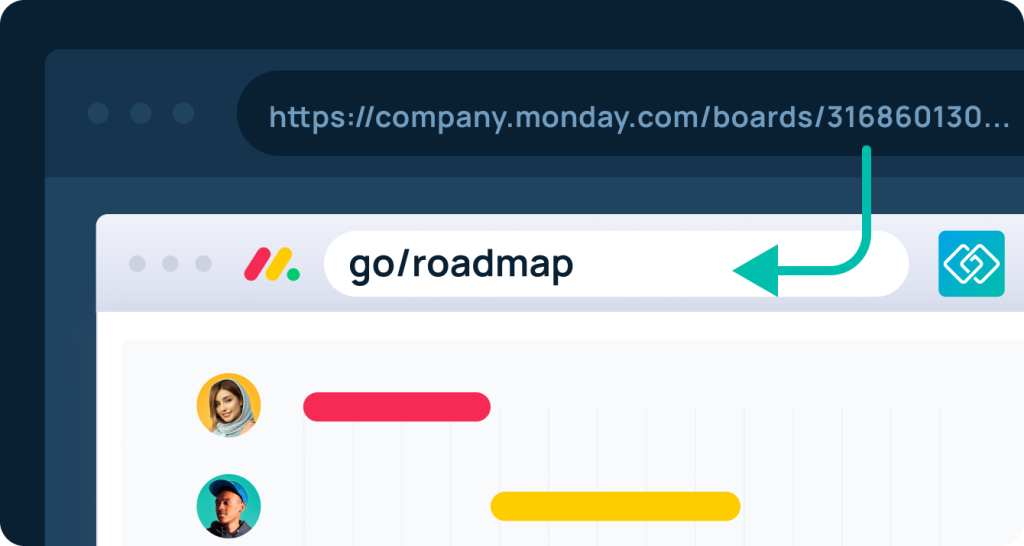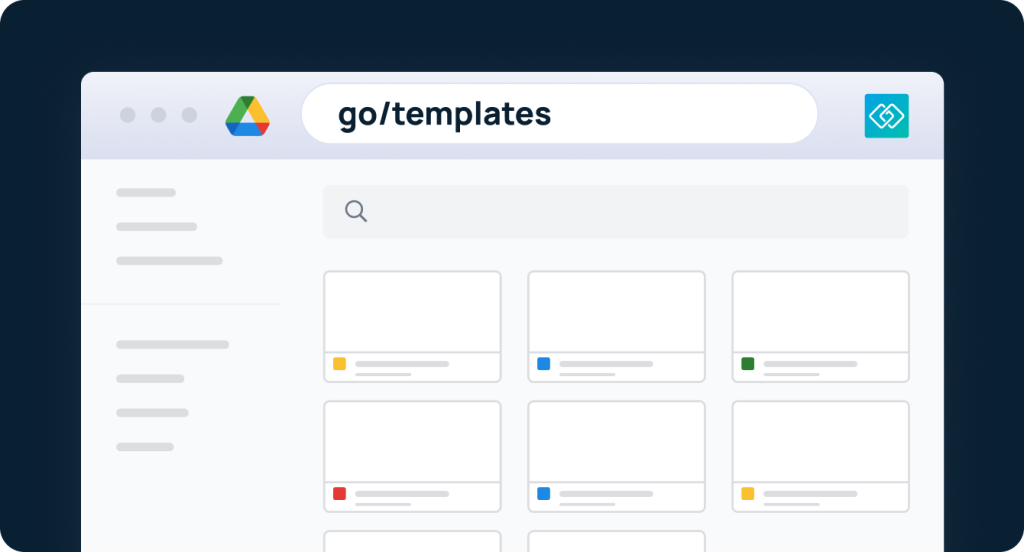Your team’s to-do list keeps getting longer. But your team itself? Well, it’s not any bigger.
Your small team deals with seemingly ever-increasing requests, demands, assignments, and expectations. As the leader, you’re looking for some ways to improve team productivity so that you and your team can keep moving forward—without burning out.
Understanding how to manage a small team effectively can be challenging, but rest assured that lean teams also have advantages. Let’s dig into what you need to know about boosting and maintaining team productivity so that you can lead the charge of a small but mighty team.
The Productivity Pros And Cons Of Small Teams
It’s easy to think that a small team equals less work getting accomplished. But, things aren’t necessarily that cut and dry.
While there are fewer hands to carry the load, lean teams also have distinct advantages when it comes to productivity.
Here are a few pros and cons to consider:
The Pros Of Small Teams
- Faster Decisions: Forget red tape, bottlenecks, and bureaucracy. Small teams have the benefit of being flexible and agile. They can make speedy decisions without much debate or lengthy approval processes. For that reason, some smaller teams are more productive than those with dozens of members.
- Improved Trust, Engagement, And Morale: On small teams, people have way more opportunities to get to know each other and forge strong bonds with other team members. Those solid relationships can increase trust, boost employee engagement, and contribute to a happier team overall.
- Increased Transparency And Knowledge Sharing: It can be hard to keep an enormous team in the loop on the latest company updates or changes to a project. Small teams naturally have better visibility into projects and decisions. Plus, knowledge sharing inherently becomes a little bit easier when information doesn’t need to be shared with large masses of people.

The Cons Of Small Teams
- Less People: The most apparent productivity drawback of a small team is that there are less people to chip in. With fewer people to delegate to and share responsibilities, it can feel far more challenging to get work across the finish line—everybody is required to carry a lot more of the load themselves.
- Less Knowledge And Resources: Similarly, because smaller teams have fewer members, there’s naturally less varied experiences and know-how. Team members have fewer people to turn to for specific expertise or information.
- Stress And Burnout: With fewer people to share responsibilities, small teams have a lot to do. That means they have the potential to experience more stress and burnout. They’re often tasked with doing just as much as large teams, but with way fewer resources.
5 Tips To Increase Small Team Productivity
So, how do you steer around the potential pitfalls and maximize the benefits?
A lot of the typical productivity tips and best practices—like clearly outlining roles and responsibilities, planning focused meetings, and scheduling in enough breaks—will apply regardless of the size of your team.
But, if you’re specifically looking for ways to help your lean team maximize their efficiency, here are five strategies for productivity when working in smaller teams.

1. Be Clear About Your Goals And Most Meaningful Work
Plenty of managers wonder about how to measure team productivity. Here’s the thing you need to remember: Productivity isn’t only about getting a lot of work done. It’s about getting the right work done.
To do that, you need to be clear about your team’s goals and priorities. What is the most impactful work that they should focus on? After all, you’d probably rather have them chip away at that major project than complete their expense reports.
If they’re struggling to figure out which items on their to-do lists deserve their immediate attention and effort, help them weed through those tasks to highlight only a few they should get started with and how those connect to your team’s broader goals.
As you emphasize your team’s priorities, make sure that your expectations are realistic. No matter how productive, a three-person team won’t get the same amount accomplished as a 30-person team—and it’s unreasonable for you to demand that of them.
2. Understand Team Member Strengths And Weaknesses
On small teams, people need to wear a lot of hats—that’s inevitable. But even so, playing to team members’ individual strengths is helpful.
When you understand what they’re good at and what they’re interested in, you’re better able to assign them tasks that aren’t a total slog. Not only does that lead to more enjoyable work, but it also helps them be more efficient because they have the necessary skills to complete their assigned tasks.
Plus, you can give them more ownership over their work because you have the confidence that they’re doing things that are aligned with their skills.
This isn’t to say that you can’t ever assign tasks that stretch or challenge your team members in new ways. Those opportunities are important too. However, you don’t want every single one of their responsibilities to feel like a daunting trial.
3. Improve Knowledge Management And Knowledge Sharing
It’s tempting to assume that knowledge sharing happens naturally and automatically on a small team. You’re a tight-knit group—important information is bound to get passed around appropriately, right?
Not so fast. Even though there are less people involved, you still need to set up tools, systems, and processes to ensure that knowledge and resources are being shared appropriately.
That might mean instituting a weekly or even daily team meeting to recap important information. Or, it could mean using team productivity tools to centralize information and make knowledge transfer easier.
GoLinks can help. You can create memorable short links (called go links) that people can use to easily and efficiently access the information they need.

For example, go/roadmap could take them directly to your product roadmap. No digging through files, scrolling through email threads, or remembering long, jumbled URLs. These intuitive links help your team members find the information they need fast and painlessly.
4. Templatize Whatever You Can
When your small team needs to get a lot accomplished with limited resources, the last thing you want is for them to waste time on repetitive or menial tasks. Templates can help you ease that burden.
From meeting agendas to project briefs, create a template for any sort of document or resource your team frequently uses.
When somebody needs to create a new document, they can copy the template and start with an outline already intact—all they need to do is fill in their relevant details. It’s a seemingly small change, but not having to start from scratch every single time can have a surprisingly big impact.
Once you create an assortment of templates that your team can use, drop them in one folder and create a go link (like go/templates) so your team members can easily find and access all of the templates that are available to them.

5. Remember The Importance Of Praise
When you’re so focused on how to increase team productivity, you might think that your best bet is to keep the task list rolling—to constantly feed your team the next thing that needs to be done.
That relentless pace is a recipe for burnout. Instead, take time to step back, celebrate a job well done, and offer praise to your small team for all the great work they’ve accomplished.
It might seem counterintuitive or even like a way to halt your team’s productivity. In reality, research shows that offering praise and positive comments about their work can make your team members less stressed, more creative, and better problem-solvers. And that? That’s a recipe for better productivity.
Boost Your (Small) Team Productivity
It can be frustrating to feel like your small team is up against an ever-growing to-do list without the necessary resources or workforce to pull it off. Fortunately, there are some steps you can take to make the most of what you have.

Use the above tips to improve productivity on your team and you’re well on your way to realizing that, while your team might be small, their results can be big.
Get started by improving your team’s knowledge sharing and knowledge management. Try GoLinks for free today.
Access and share resources instantly with GoLinks
Try for free














